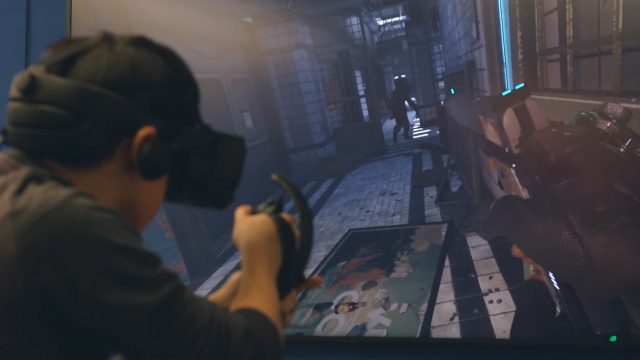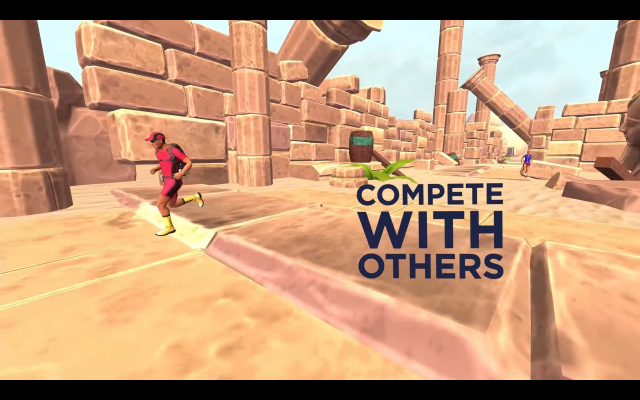As a gamer, the Half-Life series was one of the first games that I played. A first-person shooter that traversed the lands, battling humans, zombies, headcrabs alike. After years of silence, the full-length game built from the ground up for Virtual Reality, Half-Life: Alyx was finally announced in 2020.

This game has being released as a VR-only game to show the focus of the development of the game to be centered around the VR experience, of which has earned them The Game Award for Best VR/AR Game for 2020.
Why the game is such a hit:
Aside from the fantastic storyline that the half-life series has always delivered. The gaming experience was phenomenal.
Weapon interactivity in VR:
Each gun has just the right amount of interactivity to let you know you’re handling something with multiple moving parts. But it’s not so complex that it becomes a burden. The handgun, the first weapon you’re given, is a great example. To use it, you have to grab a magazine out of your backpack, slam it into the grip, and pull the slide to put a round in the chamber.
Reloading is done by hitting a button to drop the magazine and repeating those same actions listed above. Imagine you are crouching behind a pile of cinder blocks, pulling magazines out, loading them and racking a round before physically standing up and returning fire as bullets whiz past your head. It’s a workout that feels like an action movie.
VR Immersion:
The screen being what your eye can see definitely helped, but it was also backed by fantastic sound and environment design to truly immerse yourself in the game. However, there are certainly some issues that this medium possessed.
Points of improvement:
The game allows for “continuous” movement, to mimic actually moving through its meticulously designed environments. However, there is so much happening in the world of Alyx, even when you’re standing completely still. It could be a dizzying, disorienting experience as you see you are moving, but you know you are not. This is why a lot of players opt for “blinking” through steps, the VR compromise for anyone who gets motion sickness. This is an on-going issue that continues to be tackled today. It could be made better through segmenting the game into short blocks so as to prevent overloading the players.
Nonetheless, the possibilities of VR just grows by the day and we are taking this module to uncover more.


